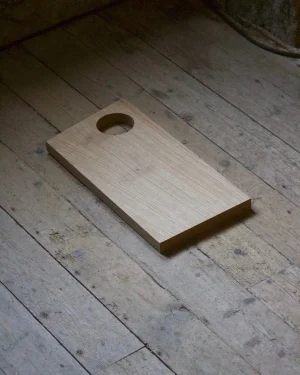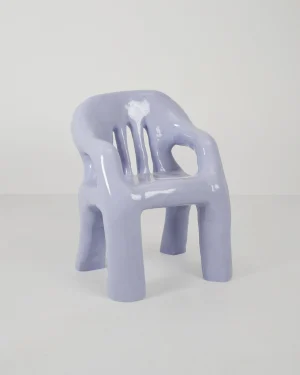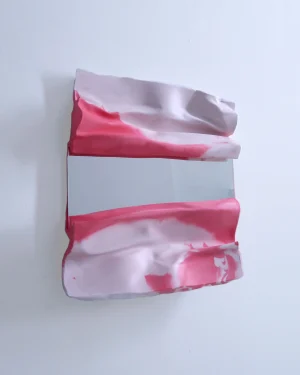Biomaterials represent a groundbreaking shift in sustainable design, combining artistic creativity with eco-friendly materials. Emerging from a desire to reduce environmental impact, these materials boast unique textures and colors, offering a blend of functionality and aesthetic appeal. Their versatile nature has reshaped the landscape of design and art, marking a significant step towards a sustainable future.
The Origins of Biomaterial Design
- First introduced in the early 21st century as a response to increasing environmental concerns.
- Inspired by natural processes and the global push towards sustainability.
- Originated primarily in Europe and North America, influenced by the growing eco-conscious art movements in these regions.
- Emergence fueled by the need for materials that are both sustainable and adaptable to various artistic forms.
Components of Biomaterial
- Organic fibers: Provide strength and texture, often sourced from recycled or sustainable sources.
- Natural dyes: Used to add vibrant colors, extracted from plants and minerals.
- Biopolymers: Serve as the binding agents, derived from natural sources like starch or cellulose.
- Recycled elements: Incorporating recycled materials to enhance sustainability and reduce waste.
Techniques in Biomaterial Design
- 3D Printing: Allows for precision and complexity in design, utilizing biodegradable materials.
- Hand Crafting: Emphasizes the artisan's touch, bringing a unique character to each piece.
- Molding and Casting: Used for creating intricate shapes and textures, often with biodegradable resins.
- Textile Design: Incorporating biomaterials into fabric creation for functional and decorative pieces.
Current Uses of Biomaterial
- Lighting: Creating eco-friendly and aesthetically pleasing lighting fixtures.
- Furniture: Offering a sustainable alternative for modern and stylish furniture designs.
- Decor: Biodegradable and unique decorative items that add a touch of nature to any space.
- Benefits: Eco-friendly, unique textures and colors, promoting sustainability in art and design.
The Essence of Biomaterial
Biomaterial in art and design is not just a material choice; it's a philosophy. It represents a commitment to sustainability and a challenge to the conventional boundaries of art. Through the use of organic fibers, natural dyes, and biopolymers, biomaterial brings an eco-friendly approach to creative expression.
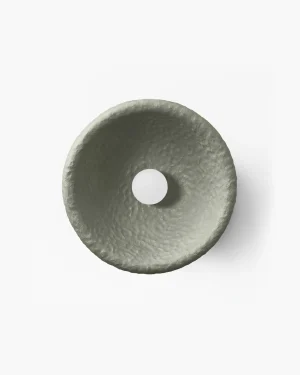 Free shipping
Free shipping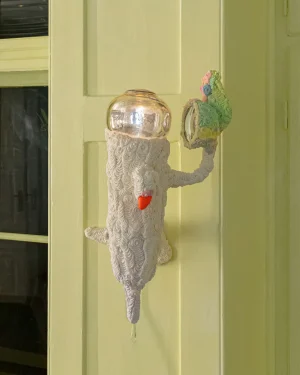 In stock
In stock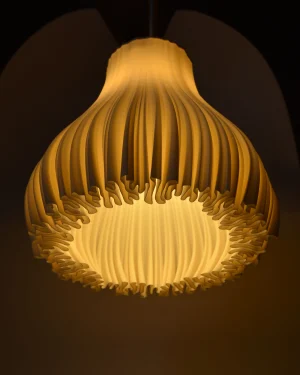 Free shipping
Free shipping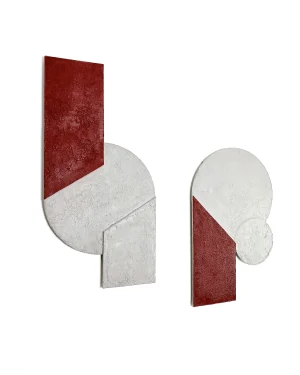 Free shipping
Free shipping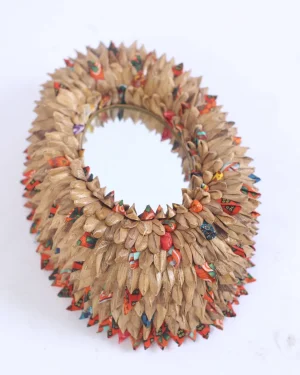 In stock
In stock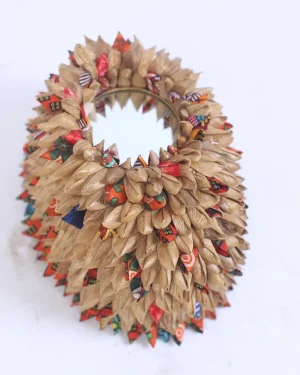 In stock
In stock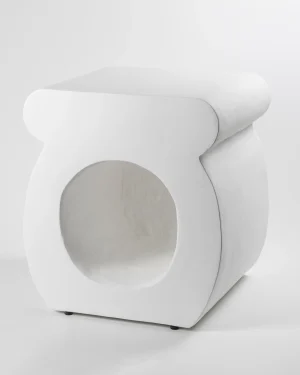 In stock
In stock
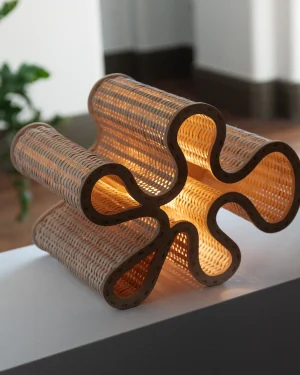
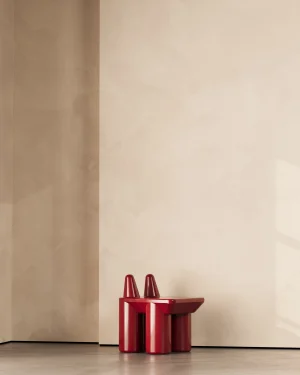
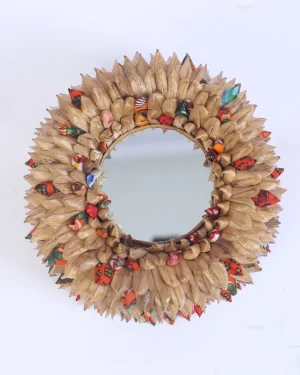 In stock
In stock Sold
Sold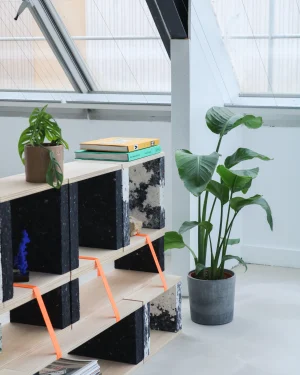 In stock
In stock In stock
In stock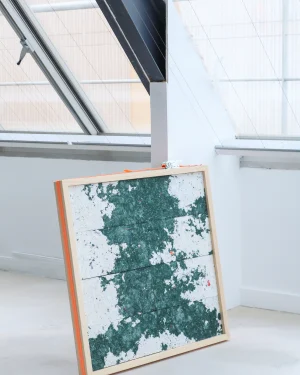 In stock
In stock In stock
In stock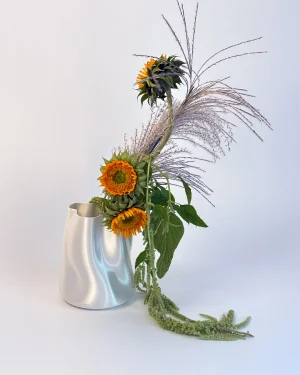
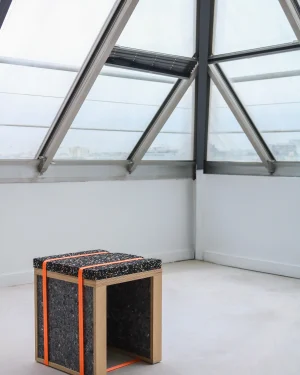 In stock
In stock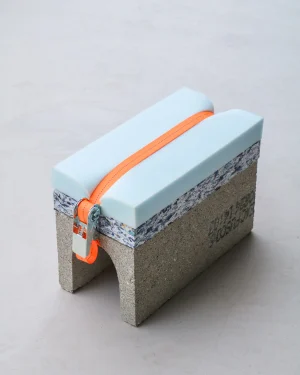 In stock
In stock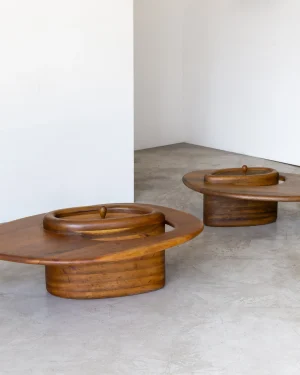

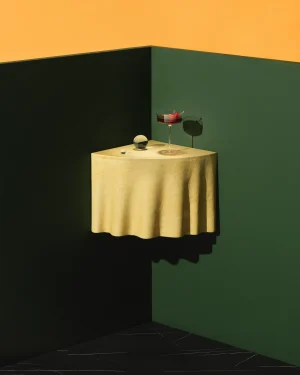 Free shipping
Free shipping Free shipping
Free shipping
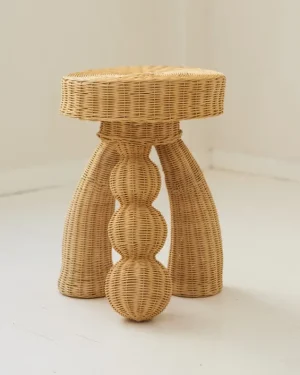 Free shipping
Free shipping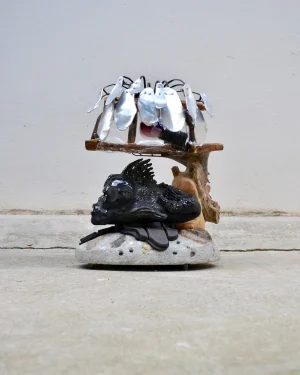
 Sold
Sold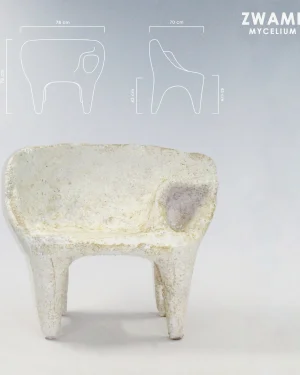

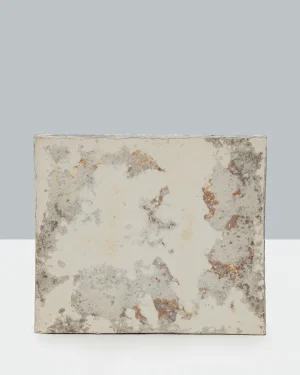 In stock
In stock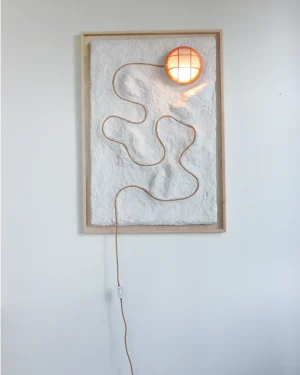 In stock
In stock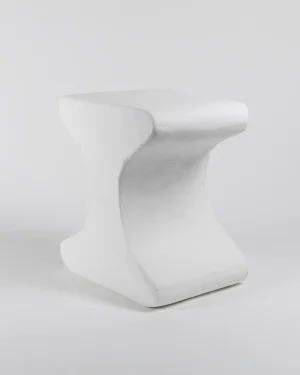 In stock
In stock Free shipping
Free shipping In stock
In stock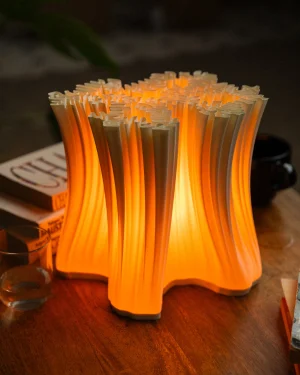 Free shipping
Free shipping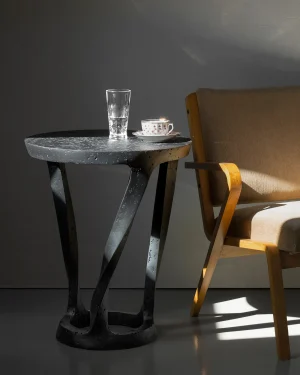
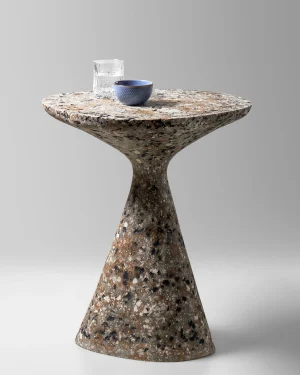
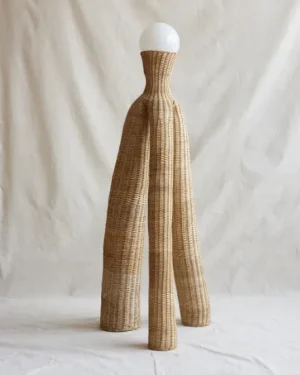 Free shipping
Free shipping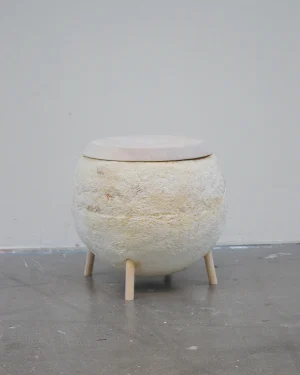 Free shipping
Free shipping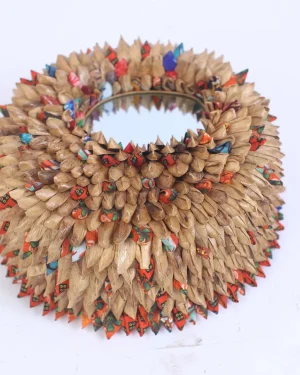 In stock
In stock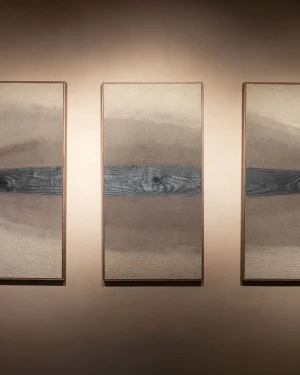 In stock
In stock Free shipping
Free shipping
